Unlocking the Potential of Sketch Up Renders for Enhanced Architectural Visualization Techniques
In the realm of architectural visualization, the power of Sketch Up Renders is increasingly recognized for its ability to elevate design presentations and client engagements to new heights. This article delves into essential techniques for harnessing the full potential of Sketch Up Renders, offering practical insights for architects and designers who aim to create persuasive visual narratives. By mastering tools and methods associated with Sketch Up Renders, professionals can transform basic models into lifelike visualizations that not only highlight architectural aesthetics but also enhance spatial understanding.
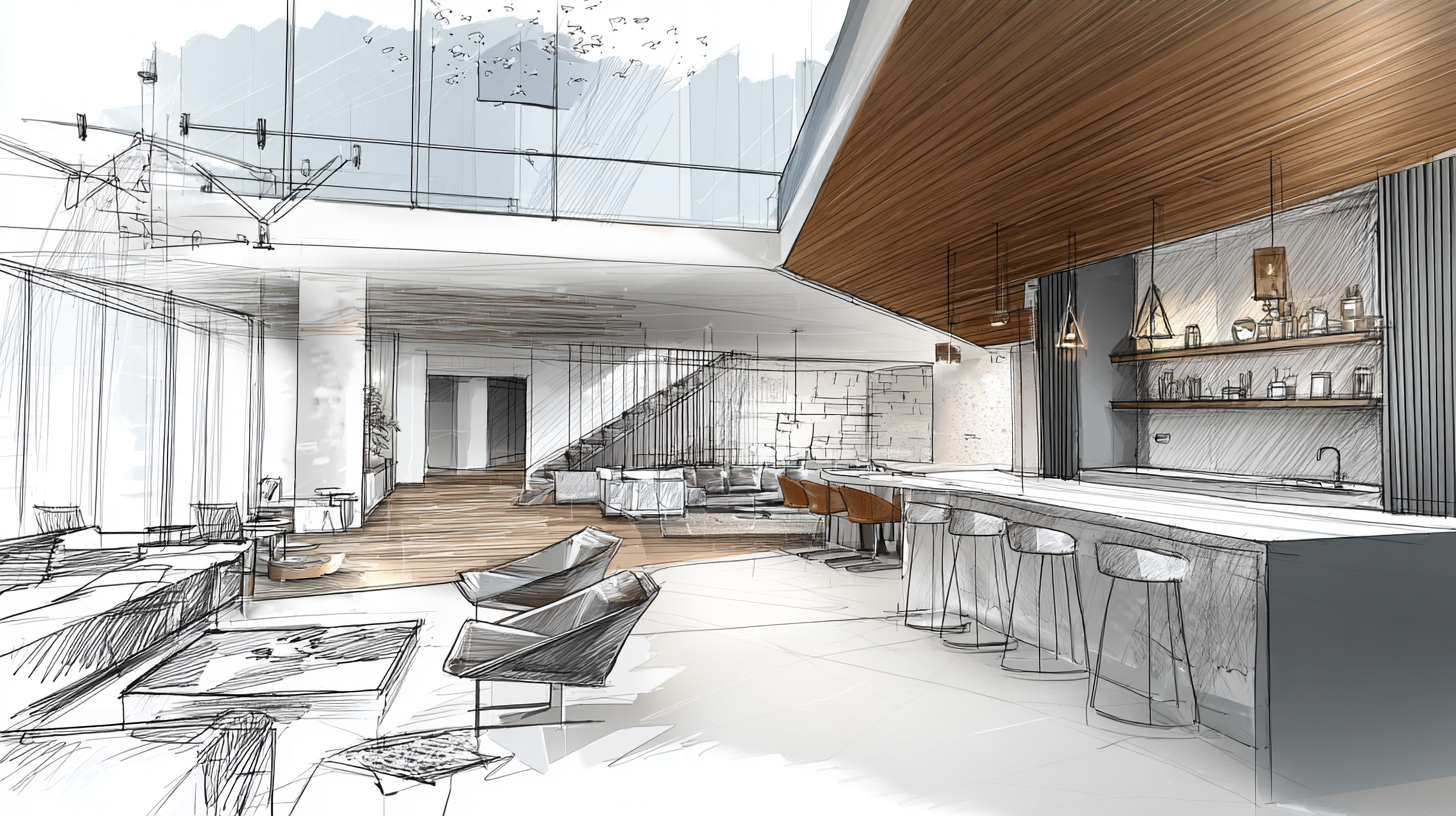
Whether you are a seasoned expert or a newcomer, understanding how to effectively employ Sketch Up Renders can significantly impact the way your designs are perceived and appreciated. Join us as we explore key strategies and tips that will empower you to unlock the potential of Sketch Up Renders for your architectural projects.
Understanding SketchUp Renders: Essential Features and Tools for Architectural Visualization
SketchUp renders have become a pivotal tool for enhancing architectural visualization, allowing professionals to create compelling visuals that bring designs to life. Features such as real-time rendering, dynamic components, and a vast array of plugins enable architects to streamline their workflow and produce high-quality images that resonate with clients. According to a report from Research and Markets, the architectural visualization market is expected to grow at a compound annual growth rate (CAGR) of 23.5% from 2022 to 2028, highlighting the increasing importance of effective visualization tools like SketchUp in the design process.
Understanding the essential features of SketchUp is crucial for maximizing its potential in architectural projects. The use of shadows, textures, and lighting is vital in creating realistic renders, as they significantly influence the perception of space and design. Data from Statista indicates that 67% of architects believe that high-quality visualizations improve client communication and reduce project revisions. By harnessing SketchUp's array of rendering tools, architects can craft immersive experiences that engage stakeholders and facilitate a smoother design approval process. Through thoughtful application of these tools, professionals can unlock new levels of creativity and efficiency in their architectural visualization endeavors.
Techniques for Optimizing SketchUp Models for Realistic and Engaging Renders
To achieve realistic and engaging renders in SketchUp, optimizing your models is crucial. Begin by ensuring that your geometry is clean and well-structured. Eliminate any unnecessary faces and edges, as these can complicate rendering processes and degrade performance. Consider utilizing components and groups to organize your diagram. This not only enhances the model’s efficiency but also simplifies the process of making adjustments as you refine your render.
Lighting plays a significant role in creating depth and realism in architectural visualizations. Experiment with natural light sources, like daylight and shadows, and explore artificial lighting options for interiors. Make use of SketchUp's built-in shadows settings and consider plugins that enhance lighting effects. Additionally, textures and materials should accurately reflect the surfaces of your design; high-resolution images of materials can significantly elevate the realism of your render. When these elements are intricately woven together, they transform a basic model into an immersive visual experience that engages viewers and effectively conveys the intended architectural narrative.
Incorporating Textures and Materials: Elevating Your SketchUp Render Quality
Incorporating textures and materials into SketchUp renders is crucial for achieving high-quality architectural visualizations. According to a report by the American Society of Architectural Illustrators (ASAI), professional-quality renders rely heavily on realistic texturing, which can significantly elevate the viewer's experience. A well-applied texture not only adds depth and realism but also conveys the intended material qualities, such as wood grain or stone finish, that are essential in architectural presentations. This ensures that stakeholders can visualize the final product more accurately, fostering better communication and understanding of the design intent.
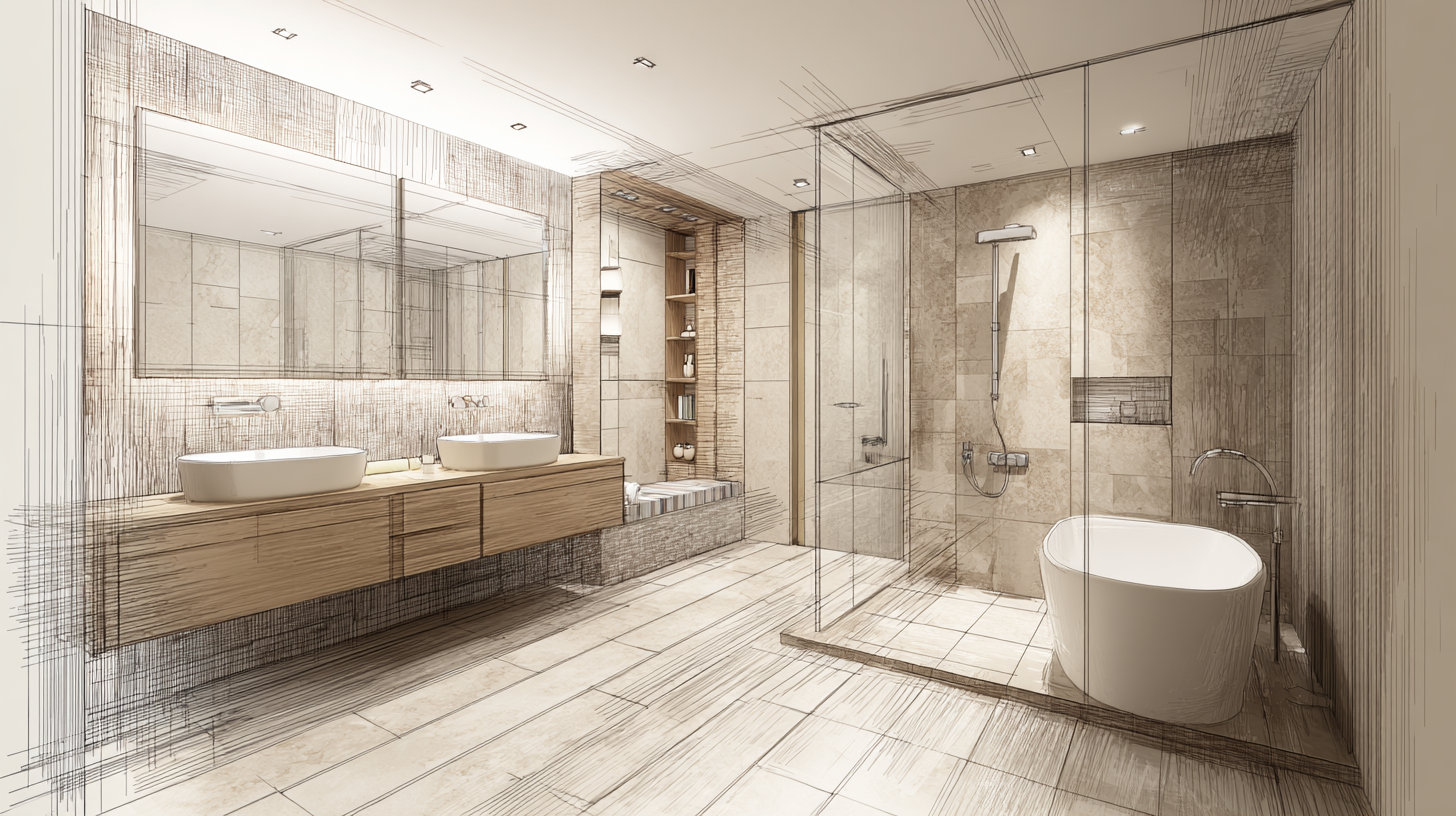
Furthermore, a survey by a leading industry visualization firm found that 67% of architects believe that high-quality materials in renders influenced client decisions significantly. By utilizing advanced rendering techniques available in SketchUp, including bump maps and reflection properties, architects can create more engaging and lifelike presentations. Moreover, the integration of meticulously chosen textures can streamline the feedback process, allowing for more rapid iterations based on client reactions. Therefore, harnessing the full potential of textures and materials in SketchUp is not merely an aesthetic choice but a strategic approach that enhances both the quality of the render and the overall architectural visualization process.
Utilizing Lighting and Shadows: Key Elements for Stunning Architectural Visualizations
Lighting and shadows play a pivotal role in architectural visualization, significantly enhancing the realism and depth of renders. With the evolution of rendering tools, including the latest sketch-to-image AI technologies, architects and designers can now harness these elements more effectively. The interplay of light and shadow can evoke emotions and atmospheres that simply presenting a static model cannot achieve. By utilizing these techniques, creators can transform their concepts into immersive experiences that draw the viewer into the space, emphasizing architectural features and design intent.
Moreover, as the architectural visualization landscape evolves, the integration of advanced rendering tools offers myriad possibilities for enhancing visual presentations. Utilizing high-quality lighting effects and realistic shadow placements not only showcases the design accurately but also enhances the overall appeal. By experimenting with these elements in their projects, architects can create stunning visualizations that not only captivate their audience but also elevate their work to new heights in the competitive field of architecture. The ability to simulate natural lighting conditions or dramatic contrasts can truly redefine the storytelling aspect of a design, making it more engaging and memorable.
Architectural Visualization Techniques: The Impact of Lighting and Shadows
Exporting and Presenting SketchUp Renders: Best Practices for Client Engagement
When it comes to architectural visualization, presenting high-quality renders can significantly influence client engagement. Utilizing SketchUp renders effectively involves exporting them in formats that maintain visual fidelity while being easy to share. One best practice is to optimize rendering settings tailored to the client’s perspective, ensuring they resonate with the project’s vision. Offering immersive experiences, such as virtual walkthroughs, can also elevate client understanding, making abstract concepts concrete.
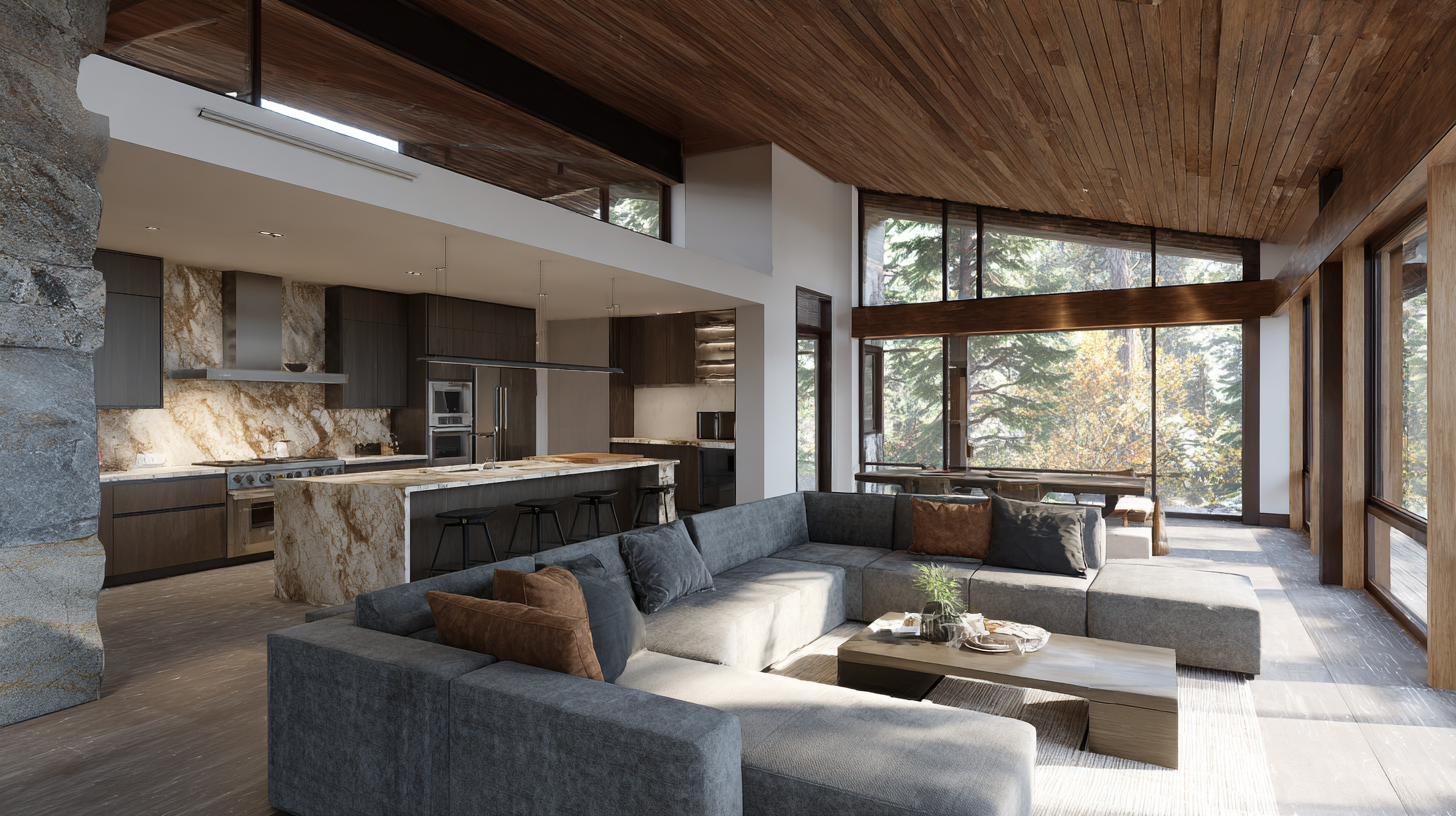
Moreover, combining SketchUp with other rendering software can enhance the visual appeal of designs. This can be especially beneficial when displaying elements like natural lighting effects or realistic textures. By showcasing these high-impact visuals in client presentations, architects can effectively communicate their design intent and foster a deeper emotional connection with the project. Engaging clients in this way not only boosts their confidence in the design but also encourages collaborative feedback, making for a more iterative and successful design process.
Related Posts
-

How to Enhance Your Designs with Stunning Sketch Up Renders
-

Digital Strategies for Achieving the Best Cgi Rendering Quality
-
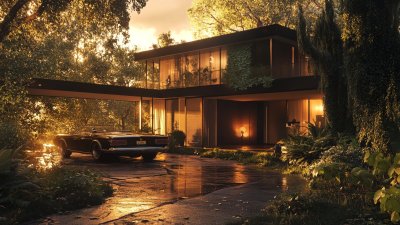
Unlocking the Full Potential of Best Cgi Rendering with Technical Specifications and Application Strategies
-
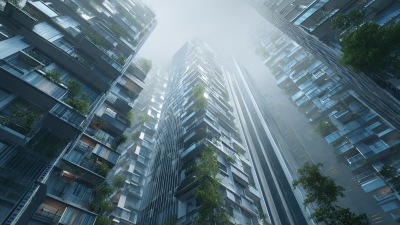
Ultimate Checklist for Selecting the Best Architectural Animation Services for Your Projects
-
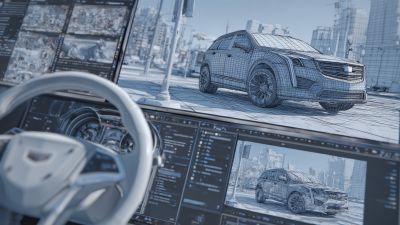
Exploring the 2025 Tech Trends: Unleashing the Advantages of Best CGI Rendering for Global Buyers
-
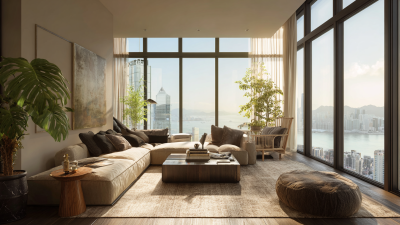
10 Reasons Why Cgi Rendering is a Game Changer for Global Procurement


